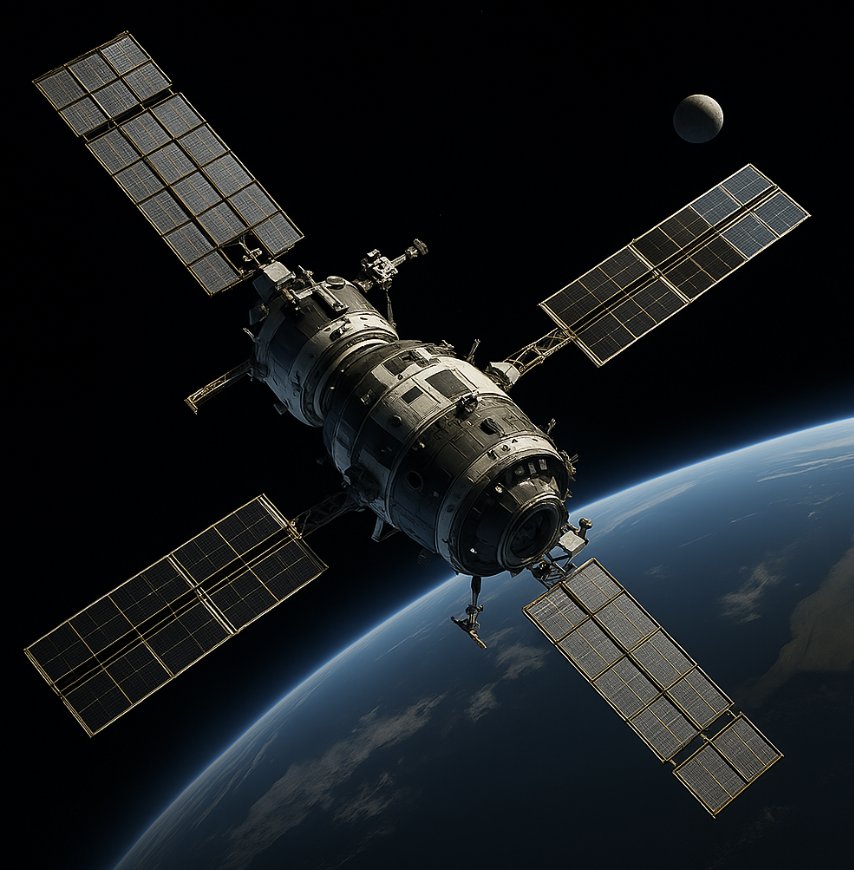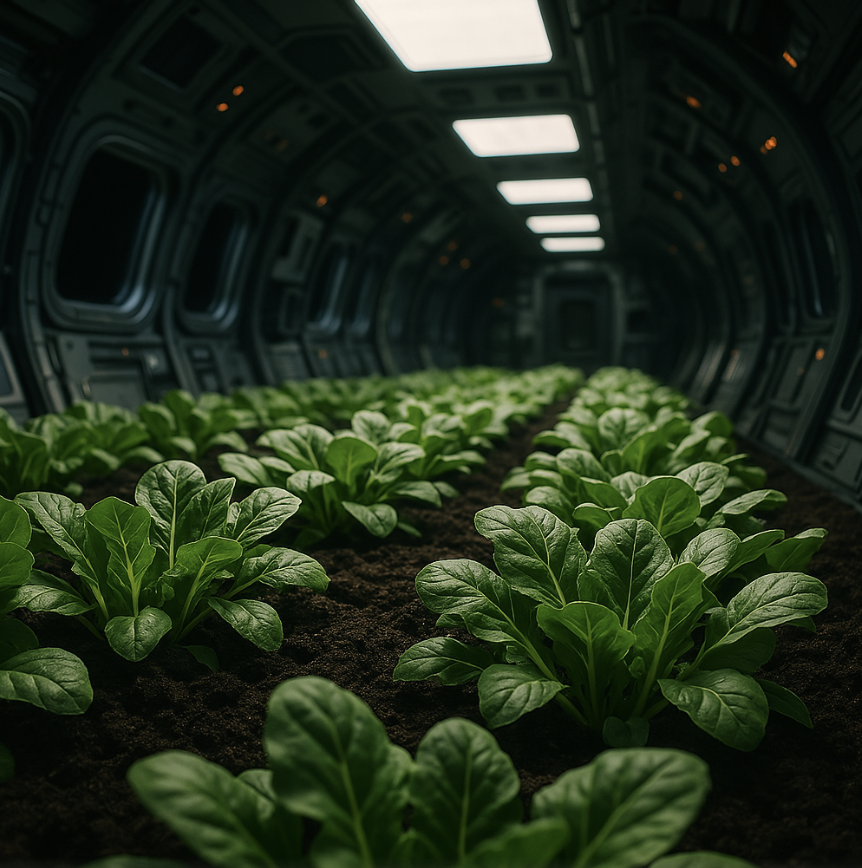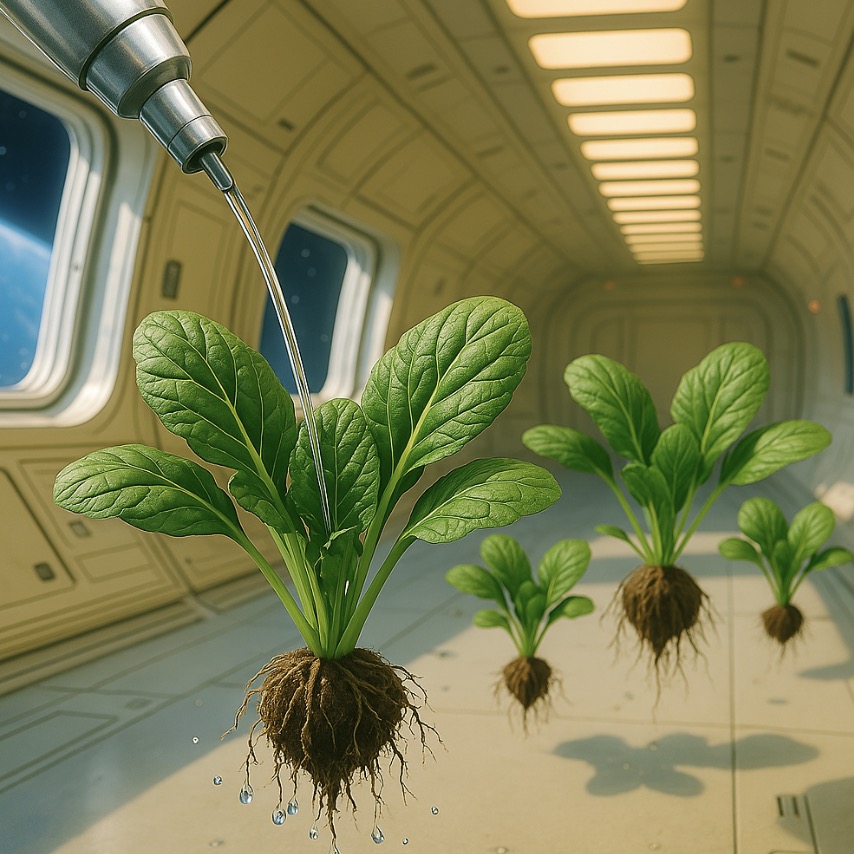


Growing plants in space presents unique challenges—especially when it comes to managing water. In a microgravity environment, water floats freely instead of flowing downward, making traditional irrigation ineffective and potentially harmful to plant roots.

To make sustainable space agriculture a reality, three major issues must be addressed:
Uncontrolled Water Behavior
Without gravity, water disperses as floating droplets, making it difficult to deliver directly to plant roots. This leads to inefficient use and risks damaging sensitive equipment.
Root Oxygen Deficiency
Water films that coat plant roots can block oxygen, increasing the risk of root rot. Studies have shown that this issue occurs far more frequently in space than on Earth.
Low System Fault Tolerance
Closed-loop ecosystems in space must recycle over 98% of resources. Traditional irrigation systems are complex and vulnerable to mechanical failure, making reliability a major concern.

Ultrasonic Atomization: Reimagining Water Delivery in Space
Ultrasonic atomization transforms water into micro-scale droplets that can be precisely guided by electrostatic fields, mimicking the effect of gravity. This targeted delivery ensures roots receive sufficient moisture without over-saturation, while maintaining optimal oxygen levels.
With integrated multi-sensor systems, the irrigation process can be dynamically monitored and adjusted. Excess moisture is automatically recaptured and recondensed, enabling a “breathing-style” irrigation loop that minimizes water waste.

This technology not only conserves resources but also gives plants in microgravity an environment even more finely controlled than on Earth. As deep space exploration advances, ultrasonic atomization could play a vital role in supporting long-term extraterrestrial agriculture.